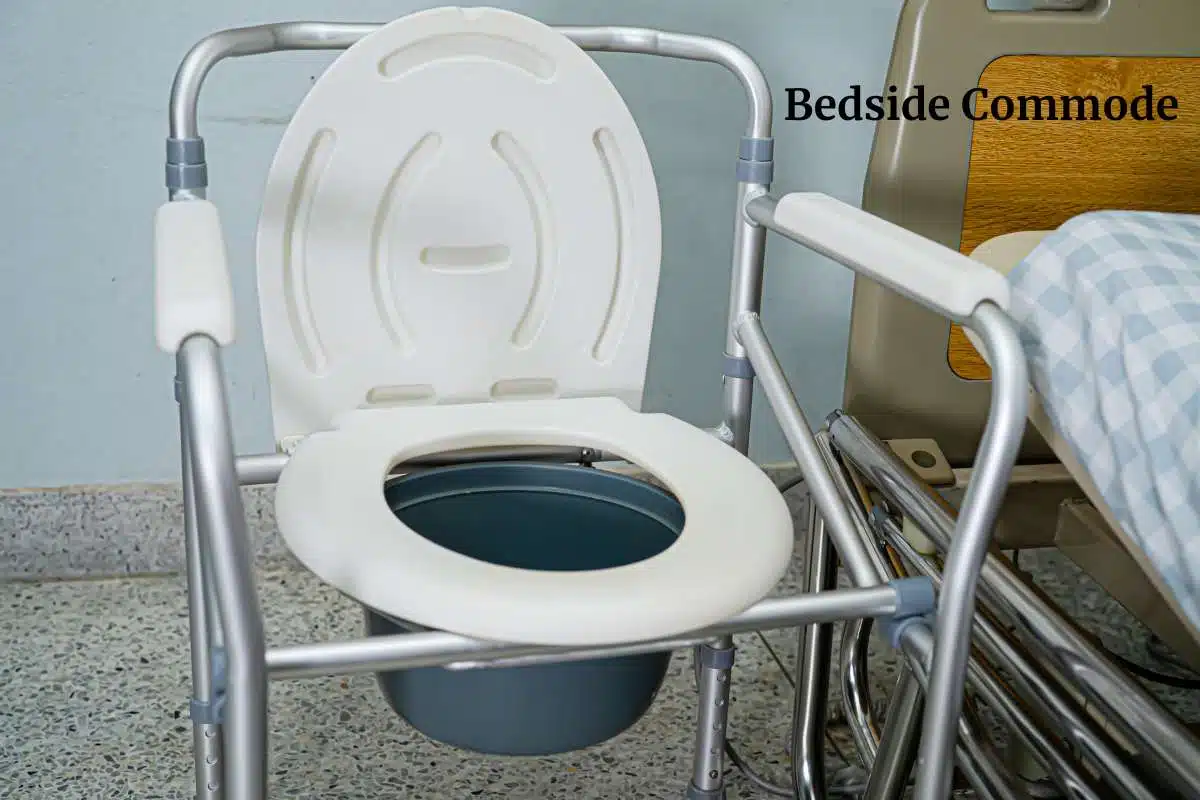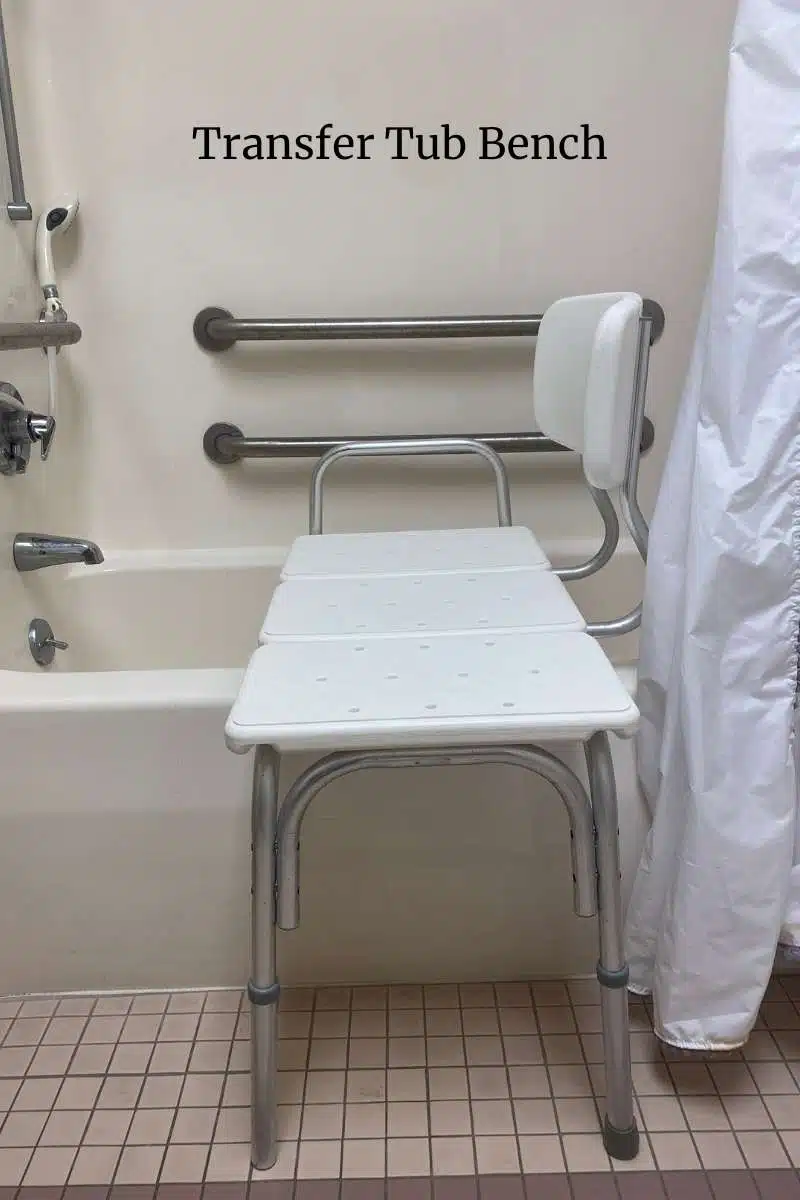As our parents age, roles frequently reverse and we begin to take care of them. For many, this means welcoming them into our homes and becoming their primary caregivers.
While this time with our parents can be special and rewarding, caregiving comes with many challenges.
In this article, we’ll explore practical tips and heartfelt advice for caring for elderly parents at home with love and compassion.
Understanding Their Needs
Realizing your parents are not as capable of taking care of themselves at home can be stressful. The first step of getting proper care in place is understanding their needs.
For some, declines are gradual and additional help can be added as needed. Others may have a major decline from a medical event and no longer be able to live on their own.
Transportation
Driving can become a safety concern, especially if vision or cognition is an issue.
Providing or arranging transportation for medical appointments and grocery shopping is a common first step in caring for aging adults.
Telehealth for appointments may be an option and grocery delivery services are convenient if leaving the house is troublesome.
Meal Preparation
Standing to prepare a meal may be too difficult. Or maybe forgetfulness is making cooking unsafe. Or you’ve just noticed that mom isn’t eating.
Dropping off pre-made meals, keeping ready to eat foods on hand, and arranging meal delivery can help maintain proper nutrition.
Medications
Medication management can become difficult especially if cognition is a problem. Setting up a pill box or automatic pill dispenser may be sufficient for many.
You may need to manage their medications for them, depending on how much their cognition and physical ability is impacted.
Activities of Daily Living
Activities of daily living (ADLs) are personal care tasks, such as bathing, dressing, toileting, transferring, and eating.
If these are becoming increasingly difficult, it may be time for a new living arrangement.
Depending on the severity, your training, and lifestyle, you may be able to care for your parent(s) yourself, either in their home or yours.
Which ADLs do your parents specifically need help with? Is it only specific tasks? Do they need physical help or just supervision?
Do their care needs fit with your work schedule and family obligations?
Answering these questions will help you gauge if you need to hire additional help such as sitters or licensed caregivers.
Creating a Safe and Comfortable Environment
Once you have established your parent’s needs you can set up their environment to promote safety while preserving comfort and quality of life.
This will likely include utilizing durable medical equipment (DME) and/or making modifications to the home to facilitate mobility and safety.
Durable Medical Equipment
There are tons of options nowadays for medical equipment that can help make life easier for seniors at home.
Some options may be covered by insurance and can be ordered through their primary care physician’s office.
However, many items are not. You can shop these items at local medical supply stores or online.
Examples of medical equipment that may be helpful include:
- Bedside commode
- Walkers
- Wheelchairs
- Raised toilet seats
- Shower chair
- Transfer tub bench
- Hospital bed
- Dressing aides






Home Modifications
Home modifications can be made to make ADLs easier and safer. Many modifications are simple, however some environments require larger construction projects.
Examples of common home modifications include:
- Grab bars in the bathroom and shower
- Higher toilet
- Bidet installation on toilets
- Removing rugs
- Ramps
- Widening of doorways
- Moving kitchen ware to easy to reach cabinets
Establishing a Care Plan
Having a plan of care can help make daily life easier for both you and your loved one.
Daily Routine
Establish a routine for consistency and structure. This can decrease stress, knowing the general plan for each day.
Outline medication schedules, meals, ADLs, and physical activity. Having this routine can help reduce error on particularly stressful or tiring days.
Routine is especially important when cognition is impaired. Also, having a care plan established makes transitioning to new caregivers easier.
Medical Care
You may be juggling many medical appointments now. Preventive care, dental, and specialist appointments can really add up.
Implement a plan for keeping track of all of these, including transportation if car transfers are challenging.
Check out our caregiver journal to help.
Seeking Support
Caregiving can be extremely difficult. Finding balance may be near impossible at times. It may come to a point where you reach your limit and need additional help.
Some are fortunate enough to have other family members to help split up the caring schedule, but this is not always the case.
Community Resources
Your community may have some local resources to ease the burden of caregiving. Are there adult day care services in your area?
This can be a great option for your loved one to socialize with others, get a change of scenery, and give you a much needed break.
Your county likely offers a Meals on Wheels program. This could take the planning and preparation of some meals off your plate.
Depending on your state and if your family member has the proper type of Medicaid, they may be eligible for some in-home care and services throughout the week.
Reach out to their case manager to find out what benefits they may be entitled to.
Their primary care provider may be able to write a prescription for home health care if an acute change occurs.
This would allow therapy to come in the home a couple times a week for several weeks to work on strengthening and functioning around the house.
Caregiver Self Care
As impossible as it may seem, you have to take care of yourself. Otherwise burn out is inevitable.
You need a break. If other family isn’t an option then it may be time to hire a private duty caregiver.
There are agencies you can hire trusted caregivers from, if you don’t know anyone personally. This can be costly and may be only financially feasible on a limited basis.
Is it time for a higher level of care?
Are you completely burned out? Is your loved one worsening? Is their safety a concern?
It may be time for a higher level of care if you are providing more and more physical assistance for your loved one.
Or if their medical needs are becoming more than you can handle.
Depending on their physical and medical needs, assisted living or a long term care facility may be the next step.
Practical Takeaways
You are doing a great job, even when it doesn’t feel like it. No one really understands the burden of caregiving until they are in it.
Give yourself grace. Ask questions, advocate, and adjust your care plan when needed. It is ok to seek more support.



